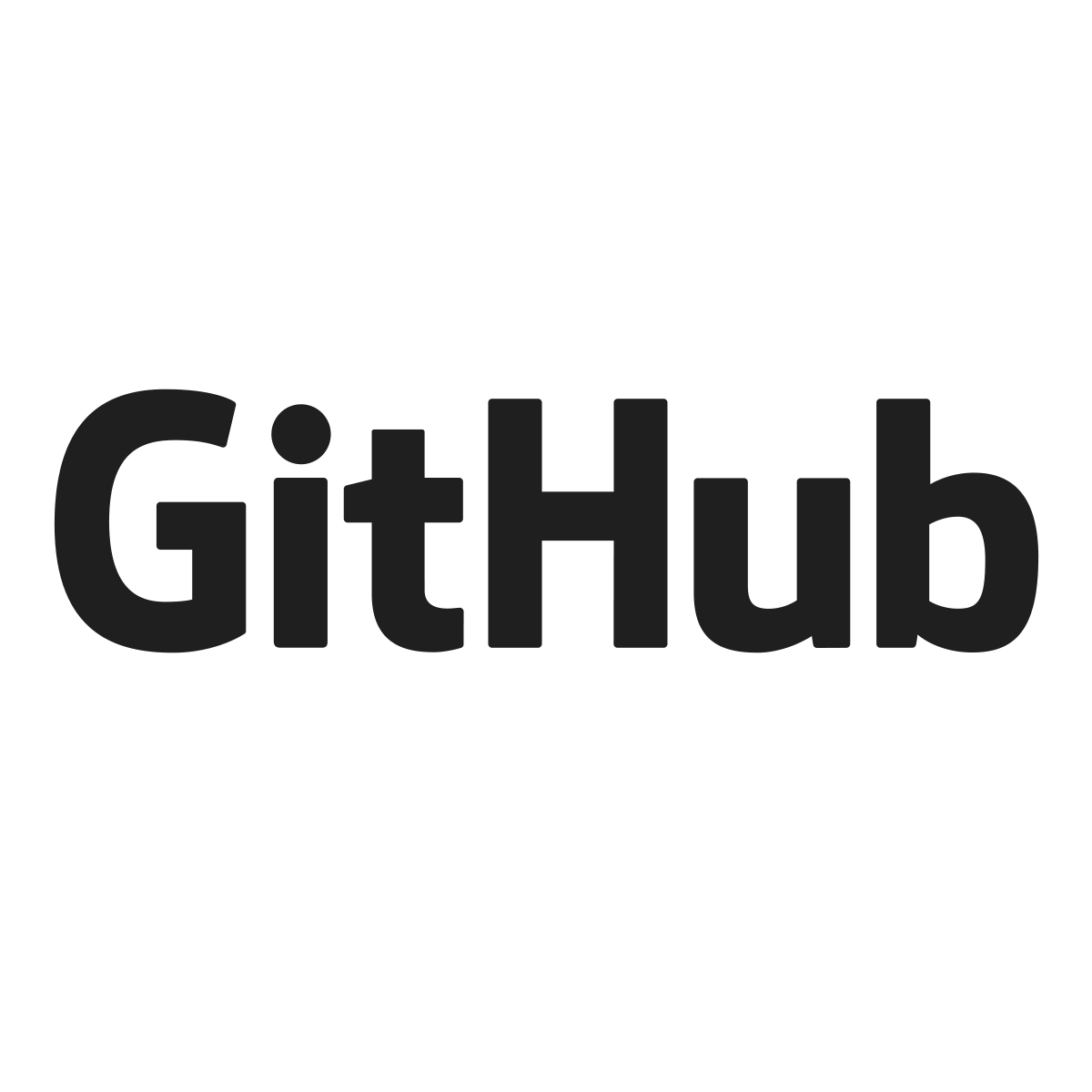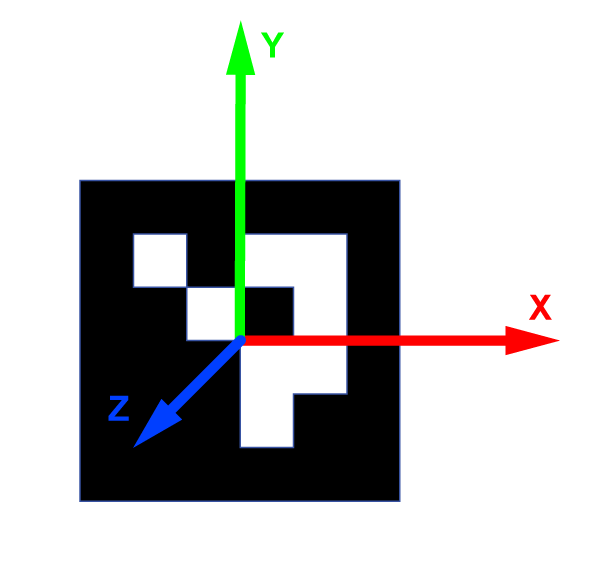
April 2022


How to Set Up the ROS Navigation Stack on a Robot – Automatic Addison
Good information about setting up and conviguring navigation
Why do all databases have a public schema in PostgreSQL?
I was just curious why all databases in PostgreSQL have a public schema that is accessible to all users. I know I can revoke privileges and grant them to one user but why is that not the default?
Medical Imaging Interaction Toolkit: Main Page
Medical Imaging Interaction Toolkit: Main Page URL: https://docs.mitk.org/2021.10/index.html Type: link Domain: docs.mitk.org
Head-First Kubernetes
A Kubernetes tutorial for complete beginners.

Kalman Filter: An Algorithm for making sense from the insights of various sensors fused together.
An Algorithm that is an Astrologer for the Sensor fusion process.It can predict a estimate for you and would correct itself if its…

Success Through Presentations - 5 Minutes with Cyrill
Success through presenting well
Series: 5 Minutes with Cyrill
Cyrill Stachniss, 2022
Credits:
Video by Cyrill Stachniss
Thanks for image courtesy to Andres Milioto, Olga Vysotska, Michelle Watt, William Moreland, Luis Quintero
Intro music by The Brothers Records

DIY Garden Poles
Build your own garden poles and personalize your outdoor space.
An Intuitive Guide to Linear Algebra – BetterExplained
An Intuitive Guide to Linear Algebra – BetterExplained URL: https://betterexplained.com/articles/linear-algebra-guide/ Type: link Domain: betterexplained.com
demos/follow.py at master · UbiquityRobotics/demos
Robot demos. Contribute to UbiquityRobotics/demos development by creating an account on GitHub.
March 2022
jrlandau/fiducials-1: Simultaneous localization and mapping using fiducial markers.
Simultaneous localization and mapping using fiducial markers. - jrlandau/fiducials-1: Simultaneous localization and mapping using fiducial markers.
The Rails Command Line — Ruby on Rails Guides
The Rails Command Line — Ruby on Rails Guides URL: https://guides.rubyonrails.org/command_line.html#rails-runner Type: link Domain: guides.rubyonrails.org

Scheduled Jobs and Custom Clock Processes | Heroku Dev Center
Schedule recurring or time-based jobs on Heroku with the Scheduler add-on or by implementing a custom clock process.
Getting Started · mperham/sidekiq Wiki
Simple, efficient background processing for Ruby. Contribute to mperham/sidekiq development by creating an account on GitHub.
brandonhilkert/sucker_punch: Sucker Punch is a Ruby asynchronous processing library using concurrent-ruby, heavily influenced by Sidekiq and girl_friday.
Sucker Punch is a Ruby asynchronous processing library using concurrent-ruby, heavily influenced by Sidekiq and girl_friday. - brandonhilkert/sucker_punch: Sucker Punch is a Ruby asynchronous proce...

Comparing Ruby Background Processing Libraries: Delayed Job - SitePoint
This article will teach you how background processing works as well as the alternatives the Ruby community offers to implement it in your application.

Partial rendering performance in Rails
Some numbers about rendering times with different techniques
flyerhzm/bullet: help to kill N+1 queries and unused eager loading
help to kill N+1 queries and unused eager loading. Contribute to flyerhzm/bullet development by creating an account on GitHub.

Managing remote repositories - GitHub Docs
Learn to work with your local repositories on your computer and remote repositories hosted on GitHub.

Marker detection · Clover
A section from another robot that describes how to use aruco_detect